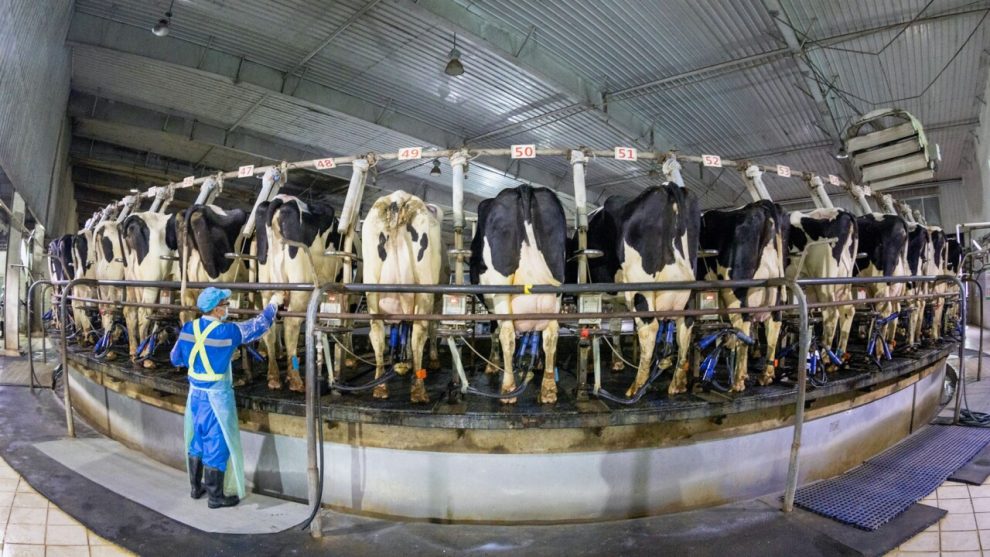What is happening with the dairy sector in China?
Demand for dairy products has fallen among Chinese people as they adjust to a slowing economy, cutting back on purchases, affecting both the dairy and meat sectors.
According to Wang Lejun, director of Animal Husbandry at the Ministry of Agriculture of China, “The prices of beef and raw milk in the first half of the year fell by 12.1% and 12.5% respectively, and cattle and dairy cow breeders are making losses,” he said. Reuters on July 24th of this year.
Small farmers have been forced to close their businesses as prices have dropped even further from production costs since 2022 to 3.8 yuan (0.54 dollars or 10.48 Mexican pesos) per kilo. Farmers’ solution is to reduce their herds to sell meat, another market that is also facing oversupply.
“Dairy companies are losing money from selling milk and meat,” said Li Yifan, head of dairy (Asia) at commodities financial services firm StoneX.
Meanwhile, China’s imports of dairy products, mainly from New Zealand, the Netherlands and Germany, fell 13% year-on-year to 1.75 million metric tons in the first eight months of 2024. Milk powder, despite being the main import product, fell 21% to 620,000 tons according to Chinese customs.
China’s milk surplus is one of the unintended consequences of changing food security.
How much has milk consumption fallen in China?
Due to both the economy and an aging population, milk consumption in China fell from 14.4 kg per capita in 2021 to 12.4 kg in 2022, the latest year for which data is available from the statistical office.
However, milk output rose to nearly 42 million tonnes last year from 30.39 million tonnes in 2017, exceeding Beijing’s 2025 target of 41 million tonnes. China is the world’s third-largest milk producer.
With information from Reuters.















Add Comment